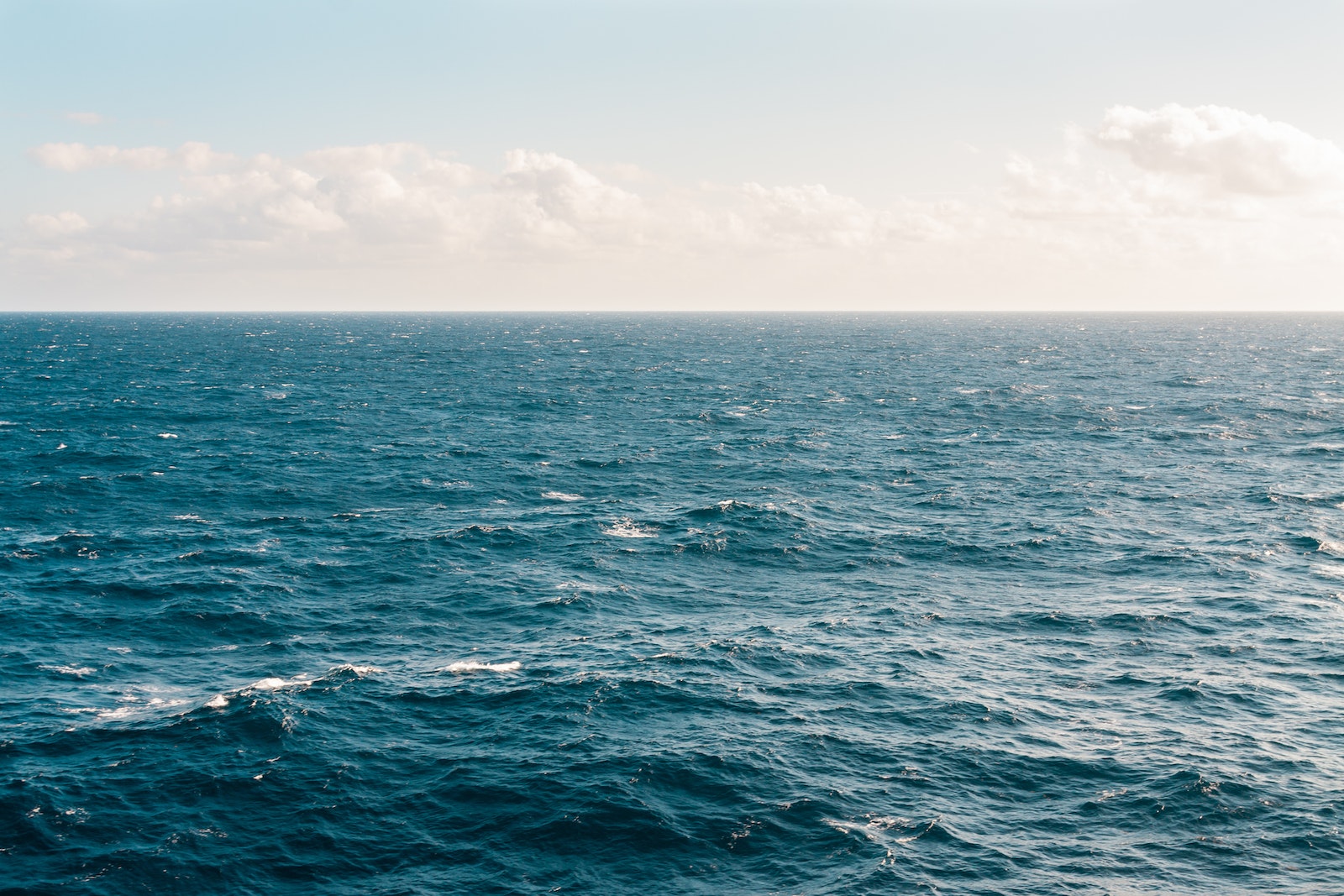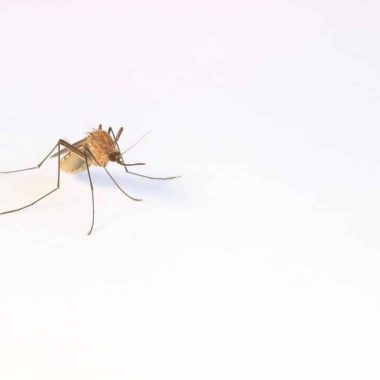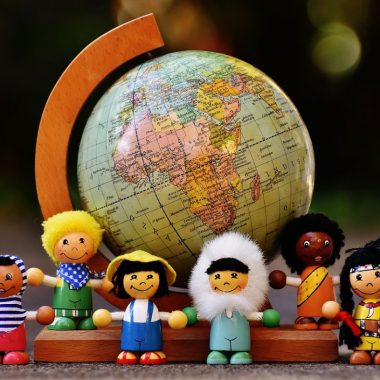Water is one of the essential natural resources on the planet, and humans can’t live without it.
Water bodies are expanses of water that are converted into salt, and fresh water is small and huge.
Oceans, seas, lakes, and other water bodies cover the globe’s surface and are critical to life on the planet.
However, this post discusses the different types of water bodies that exist. So, read on!
1. Ocean

Oceans are the largest water bodies on Earth, covering at least 71% of the Earth’s surface and holding 97% of the world’s water.
The saltwater in all the world’s oceans is connected to the single world ocean. This is true, but it is easy to tell apart different ocean basins because our continents are set up.
The Atlantic Ocean, Indian Ocean, and Southern Ocean follow closely behind, with the Pacific Ocean being the largest.
Oceans provide food for humans and are an essential mode of transportation among the different types of water bodies.
Oceanographers divide the ocean water body into different vertical and horizontal zones.
The pelagic zone is the water column of the open ocean from the surface to the bottom.
Also, the surface water to 1% of the surface light is in the photic zone.
This is where photosynthesis can happen. There are a lot of different kinds of organisms in this zone.
Ocean water contains many dissolved gases, such as oxygen, carbon dioxide, and nitrogen, among other types of water bodies.
This gas exchange happens at the ocean’s surface, and the water’s temperature and salinity affect how much it can dissolve in the water.
Further, ocean acidification occurs when carbon dioxide in the air rises. People use fossil fuels, which make ocean water more acidic.
The ocean provides essential environmental services to humans, such as climate control.
2. Lake

A lake is among the different types of water bodies that the land borders on all sides. It’s the polar opposite of an island, a land surrounded by water.
There is no clear distinction between a lake and a pond. Some oceans are more significant than the world’s most incredible lakes, such as the Great Lakes of North America.
We can find natural lakes in hilly places, rift zones, and areas where glaciers are still present.
However, we can find other lakes in endorheic basins or along the courses of mature rivers.
Many lakes have arisen on some of the planet due to the unpredictable drainage patterns left over from the last Ice Age.
Over lengthy periods, all lakes will gradually fill in with sediments or spill out of the basin in which they are contained.
Many lakes are man-made and built for industrial or agricultural uses, hydroelectric power generation, home water supply, aesthetic or recreational purposes, or other purposes.
3. Sea

We can’t overlook the sea among the different types of water bodies.
The sea helps to keep the Earth’s temperature stable and plays a significant role in the water, carbon, and nitrogen cycles.
People have been using and studying the sea for a long time, with evidence from ancient times.
Oceanography is the modern scientific study of it. In seawater, sodium chloride is the most common substance that has dissolved.
The water also has magnesium, calcium, potassium, mercury salts, and many other things, some in minimal amounts.
Many organisms live in the sea, from bacteria and protists to algae and plants to fungi and animals.
The sea also has several marine habitats and ecosystems, from the surface and shoreline to the depths and pressures of the cold, dark abyssal zone and the colorful diversity of coral reefs in tropical areas.
Life may have started in the sea, where many significant species came from.
4. River

Rivers are among the different types of water bodies. You can think of a river as a flowing stream moving toward an ocean or sea.
It is usually freshwater and usually flows towards another river or another lake.
Some rivers flow into the ground and become dry at the end of their course before they reach another water source.
Streams, creeks, rivers, and creeks are different kinds of rivers among different water bodies.
Even though a stream is defined by its size in some countries or communities, there are no official definitions of the term river in terms of geography.
It has a source, usually a watershed, and drains all the streams in its drainage basin.
It then follows a river course path and ends at a confluence, river delta, or another place.
A river’s water is usually inside a channel made by a stream bed between two banks. Most rivers, but not all, flow at the surface.
If a river runs through a cave or tunnel, it is an underground river. We can find these rivers in places with limestone rock formations.
5. Waterfall

A waterfall in a river or stream shoots water over a vertical drop or a succession of sharp declines.
Meltwater falls over the edge of an iceberg or ice shelf, making waterfalls.
This is the most common way that waterfalls form. A river runs over hard bedrock before dropping down on a softer rock, which breaks down and causes the water to fall more quickly.
Lakes in high mountains flow into valleys in the upper course. Fault lines make significant gaps in the rocks that a river sometimes has to cross.
There are places where waterfalls can happen along the edge of a glacial trough.
Further, waterfalls can occur when a stream or river that flows into a glacier continues to flow into a valley after melting or receding.
6. Bay

A bay is another body of water among the different types of water bodies. It is part of the way around land again.
It’s a big hole in the ground where water comes out on three sides and comes in on one. On the fourth side, it connects to the sea.
Winds often slow down by the land around a bay. The shoreline of bays can be as different as that of other places.
These bays have beaches and “typically” have steep upper foreshores and wide, flat fronting terraces that make it easy to get to them.
Bays were important in the history of human settlement because they provided safe places to fish.
Their safe harbors made them popular places to set up ports later on, which led to a rise in sea trade.
They can form in many ways. Plate tectonics has caused the largest bays to form.
These huge bays were behind when the supercontinent Pangaea broke into smaller parts.









